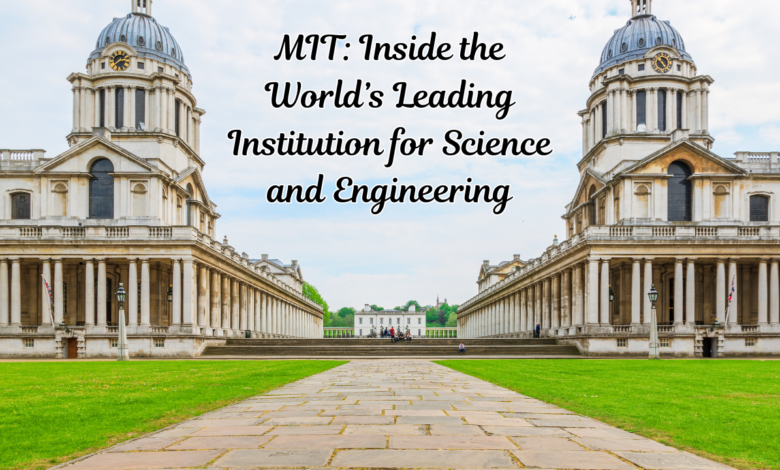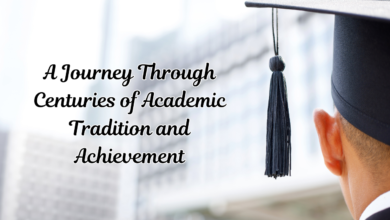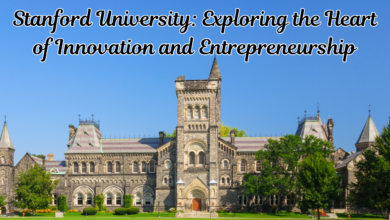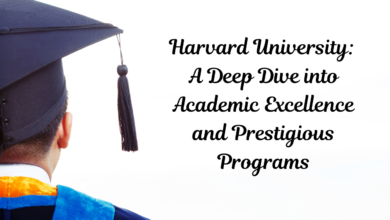MIT: Inside the World’s Leading Institution for Science and Engineering

Introduction
Massachusetts Institute of Technology (MIT), founded in 1861, is a global leader in science, engineering, and technology. Located in Cambridge, Massachusetts, MIT has been at the forefront of innovation, shaping the future through cutting-edge research and education. This article explores the history, academic excellence, renowned programs, research initiatives, campus life, and global impact of MIT, highlighting why it stands as one of the world’s most prestigious institutions.
History and Legacy
MIT was established by William Barton Rogers, who envisioned an institution dedicated to advancing knowledge in science and technology through practical application. Since its inception, MIT has been committed to providing a rigorous education and fostering innovation.
Founding and Early Years
The early years of MIT were marked by its commitment to integrating teaching, research, and practical application. The first classes were held in 1865 in Boston, and the institute later moved to its current location in Cambridge in 1916. This move was pivotal in MIT’s development, enabling the expansion of its facilities and academic programs.
Modern Era
Today, MIT is a private research university comprising five schools: Science, Engineering, Architecture and Planning, Management, and Humanities, Arts, and Social Sciences. MIT’s interdisciplinary approach and emphasis on solving real-world problems have solidified its reputation as a top-tier institution.
Academic Excellence
MIT is synonymous with academic rigor and innovation. The institute offers a comprehensive range of undergraduate, graduate, and professional programs, attracting some of the brightest minds from around the globe.
Undergraduate Education
The MIT undergraduate program emphasizes a solid foundation in science and engineering while encouraging exploration across disciplines. Students can choose from over 50 majors and minors, including physics, computer science, and mechanical engineering. The General Institute Requirements (GIRs) ensure that all undergraduates receive a well-rounded education, fostering critical thinking and problem-solving skills.
Graduate and Professional Education
MIT’s graduate programs are renowned for their depth and breadth, offering advanced degrees in various fields.
School of Engineering: Known for its rigorous programs in fields such as electrical engineering, computer science, and aerospace engineering, the School of Engineering is a leader in research and innovation.
School of Science: With departments ranging from biology to mathematics, the School of Science promotes cutting-edge research and interdisciplinary collaboration.
MIT Sloan School of Management: Sloan offers MBA, executive education, and doctoral programs that emphasize innovation, leadership, and entrepreneurship. Its close ties with the tech industry provide students with unique opportunities for practical experience and networking.
Renowned Programs and Research Initiatives
MIT is home to numerous prestigious programs and research initiatives that drive advancements in science, technology, and beyond.
MIT Media Lab
The MIT Media Lab is an interdisciplinary research laboratory that explores the intersection of technology, media, and design. Known for its innovative approach, the lab has produced groundbreaking work in areas such as human-computer interaction, wearable technology, and digital communication.
MIT Lincoln Laboratory
MIT Lincoln Laboratory is a federally funded research and development center that focuses on national security challenges. The laboratory conducts research in areas such as cybersecurity, space surveillance, and advanced electronics, contributing significantly to technological advancements and national defense.
MIT Energy Initiative (MITEI)
The MIT Energy Initiative addresses global energy challenges through interdisciplinary research and collaboration. MITEI focuses on developing sustainable energy solutions, from renewable energy technologies to energy policy, and aims to transform the way the world produces and consumes energy.
MIT Computer Science and Artificial Intelligence Laboratory (CSAIL)
CSAIL is one of the world’s largest and most renowned computer science research laboratories. It conducts cutting-edge research in artificial intelligence, robotics, and machine learning. CSAIL’s contributions have had a profound impact on technology and society, from pioneering work in AI to advancements in computer vision.
Campus Life and Culture
MIT offers a vibrant campus life that encourages students to engage in a wide range of activities, fostering a well-rounded educational experience.
Residential Life
MIT’s residential system is designed to create a supportive and inclusive community. Freshmen live in one of the institute’s dormitories, while upperclassmen can choose from various housing options, including fraternity and sorority houses, independent living groups, and themed communities. Residential life at MIT emphasizes collaboration, personal growth, and academic support.
Extracurricular Activities
MIT offers over 500 student organizations, catering to a diverse array of interests. From the MIT Solar Electric Vehicle Team to the MIT Symphony Orchestra, there are numerous opportunities for students to pursue their passions outside the classroom. The institute also boasts a robust athletics program, with varsity, club, and intramural sports available to students.
Cultural and Artistic Opportunities
The arts are an integral part of the MIT experience. The MIT Museum, the List Visual Arts Center, and the Media Lab provide platforms for artistic expression and exploration. Additionally, students can participate in various music, theater, and dance groups, enriching the cultural fabric of the campus.
Global Impact and Alumni Network
MIT‘s global impact is profound, with its research, innovation, and alumni shaping industries and societies worldwide.
Research and Innovation
MIT’s research initiatives address some of the world’s most pressing challenges, from climate change and healthcare to artificial intelligence and space exploration. The institute’s interdisciplinary approach fosters collaboration and innovation, leading to groundbreaking discoveries and technological advancements.
Influential Alumni
MIT’s alumni network includes numerous influential figures in academia, industry, politics, and the arts. Notable alumni include:
Kofi Annan: Former Secretary-General of the United Nations and Nobel Peace Prize laureate.
Buzz Aldrin: Apollo 11 astronaut and the second person to walk on the moon.
I.M. Pei: Renowned architect known for designing the Louvre Pyramid in Paris.
This extensive network provides current students and graduates with valuable connections and opportunities for mentorship, career advancement, and collaboration.
Commitment to Sustainability
MIT is committed to addressing global sustainability challenges through education, research, and campus initiatives. The institute’s Office of Sustainability works to integrate sustainability into all aspects of campus life, from energy conservation and waste reduction to sustainable transportation and green building practices. MIT’s research initiatives also focus on developing innovative solutions to environmental issues, such as renewable energy technologies and sustainable urban planning.
Conclusion
Massachusetts Institute of Technology (MIT) stands as a paragon of excellence in science and engineering education. Its commitment to academic rigor, interdisciplinary research, and innovation has made it a leader in higher education and a catalyst for global change. From its distinguished history to its vibrant campus life and influential alumni network, MIT continues to shape the future by educating and inspiring the next generation of leaders.
For anyone seeking an environment that nurtures creativity, encourages innovation, and provides unparalleled opportunities for growth, MIT offers an exceptional experience. Its dedication to solving real-world problems, advancing knowledge, and fostering a collaborative and inclusive community ensures that it remains at the forefront of global education and innovation for years to come.




